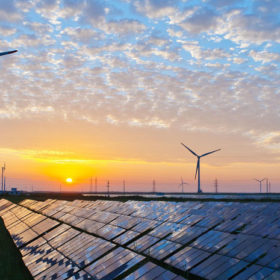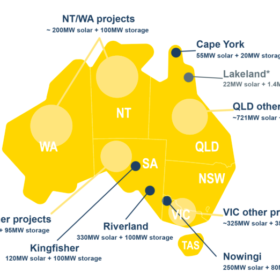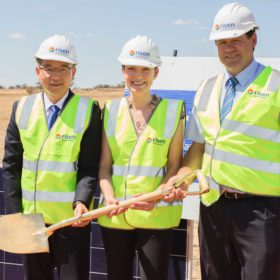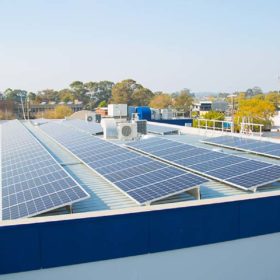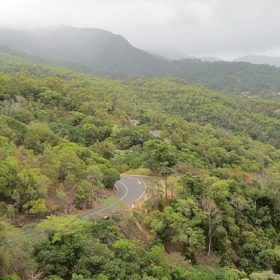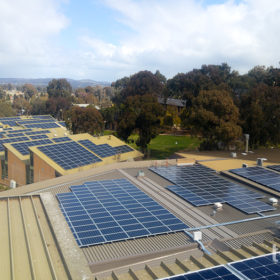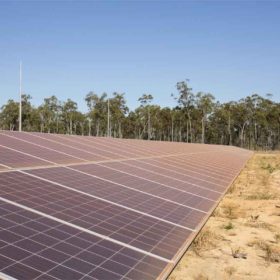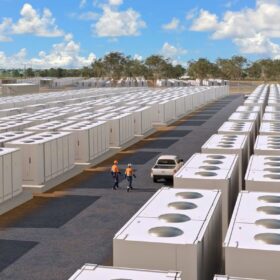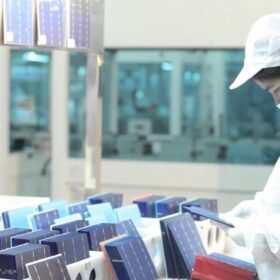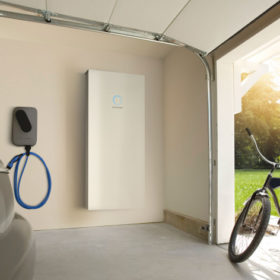Solar transforms NEM supply mix displacing coal
The latest figures from the Australian Energy Market Operator (AEMO) show that solar continues to eat into the share once firmly held by coal on the back of a dramatic increase in installations over the past 12 months. The trend was backed by energy storage facilities which continued to gain foothold as providers of frequency control and ancillary services, lowering overall costs in the first quarter of 2019.
NSW school pioneers renewable PPA to cut power bills
Echoing a growing appetite for corporate renewable power purchase agreements in Australia, Ascham School has become the first school in New South Wales to ink a long-term deal with commercial electricity retailer Flow Power.
Lyon Group places solar and battery storage units into administration
The Brisbane-based solar and storage developer has placed Lyon Solar, Lyon Battery Storage and Lyon Infrastructure Investments 1 into voluntary administration after being embroiled in a court case over a wind up notice issued by one of its investors.
Risen Energy, Providence Asset Group confirm strategic partnership
In pursuit of its Australian target of at least 2 GW of renewable projects, Risen Energy has confirmed its partnership with Australia’s cleantech investor Providence Asset Group.
Bank Australia switches to 100% renewable electricity
Only a month after it signed up to the global initiative RE100, Bank Australia has announced it made the switch to 100% renewable electricity one year ahead of its 2020 target.
Australia’s first solar to hydrogen-based microgrid gets nearly $1 million in federal funding
A grant of nearly $1 million has been announced for a 100% renewable energy project which will see the World Heritage-listed Daintree Rainforest reduce its reliance on diesel fuel to generate power.
Coal mining museum powered by solar PV and battery storage
In a powerful demonstration of Australia’s energy transition, the Victorian State Coal Mine, a tourist attraction in the coastal town of Wonthaggi, is now powered by a solar and battery storage system.
China confirms FIT level payments – but they will be ‘subject to competition’
The Beijing authorities have confirmed the payment levels to be made according to type of project and region from July onwards but an auction process will be involved so the figures are for guidance only. No decision has yet been made on the 30 GW of capacity added since the end of May.
Labor to connect 4,000 schools into VPPs in $1 billion solar program
Federal Labor has pledged to roll out solar PV and batteries at schools across Australia and create virtual power plants supporting up to 365 MW of capacity.
ReNu Energy to acquire two SA solar farms
In an ASX announcement last week, Queensland-based independent power producer ReNu Energy said it had executed term sheets with Chinese solar developer Astronergy for the acquisition of two 5.8 MW solar farms in South Australia. The total cost to buy the projects and complete construction amounts to $17.2 million.
